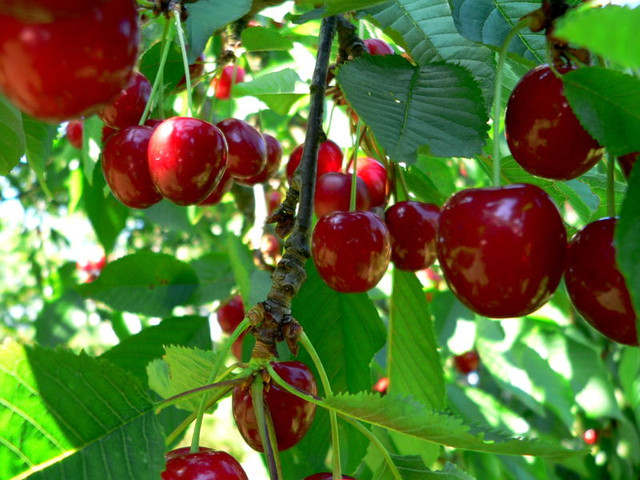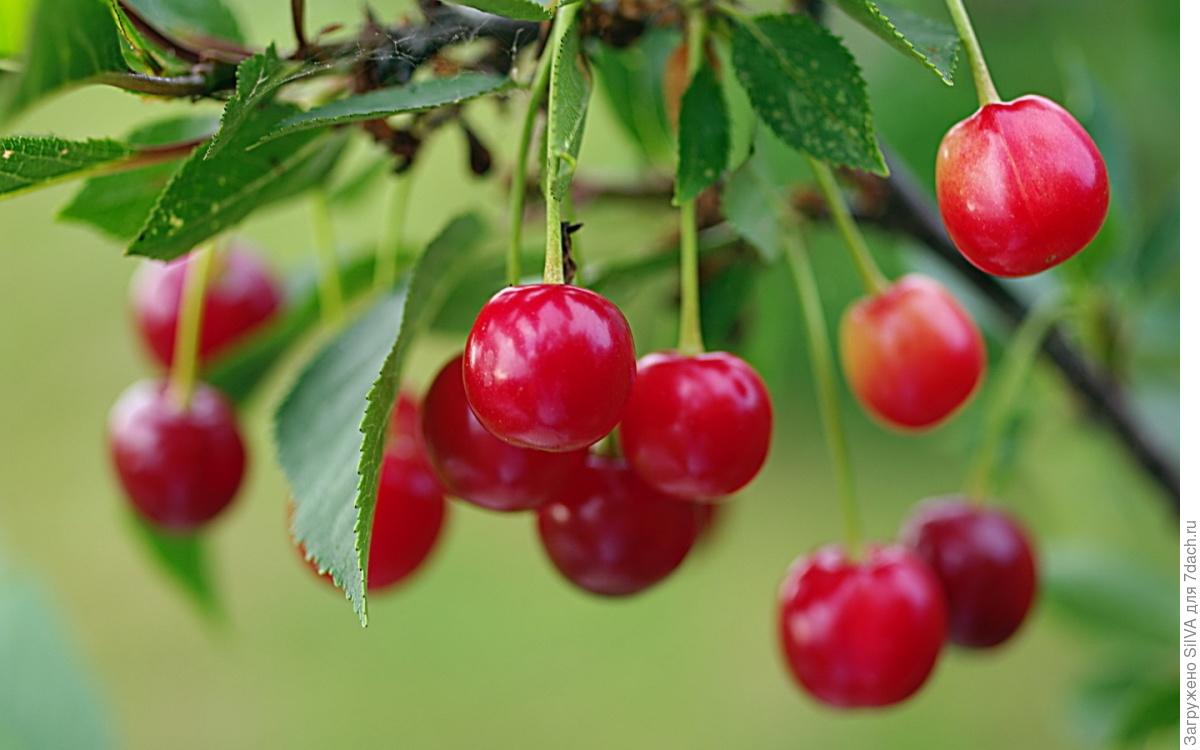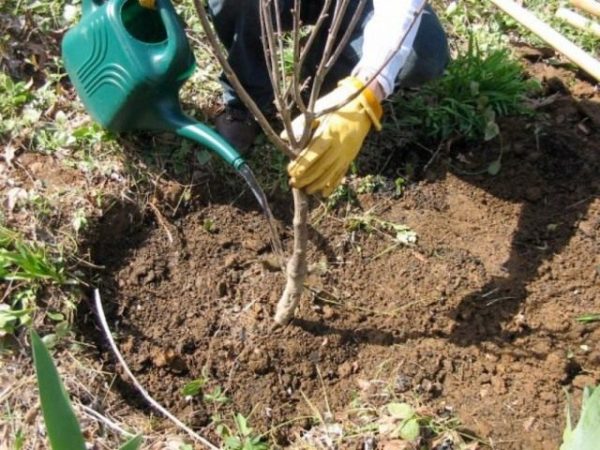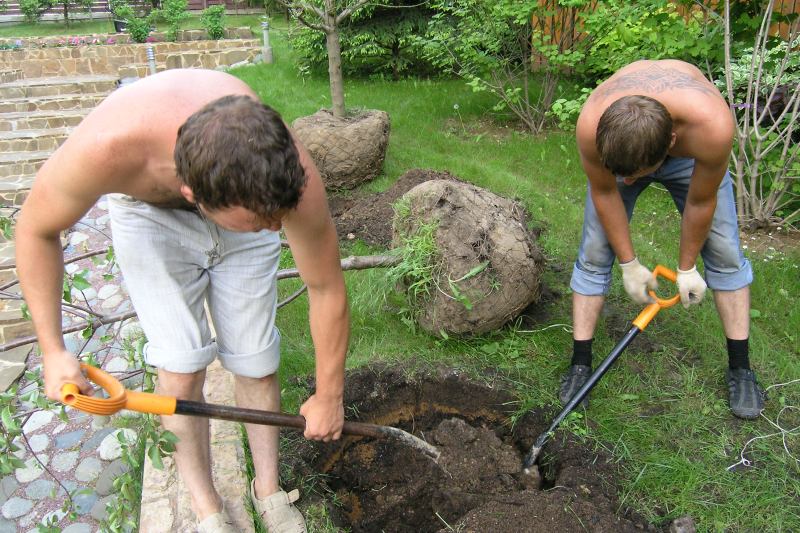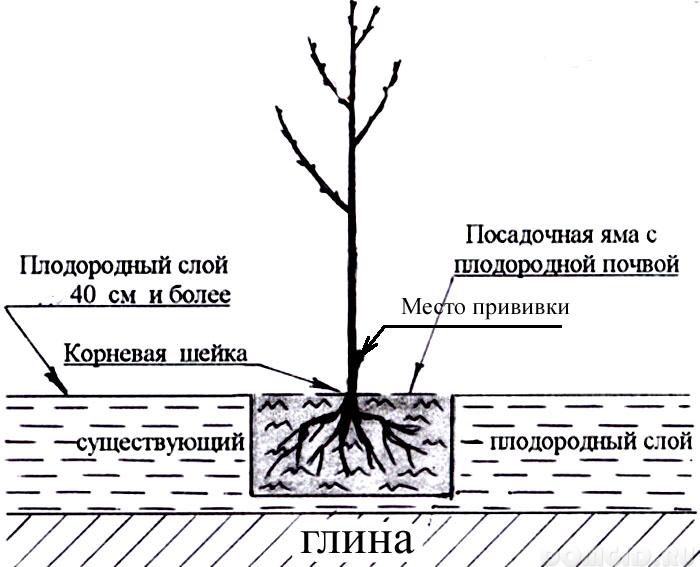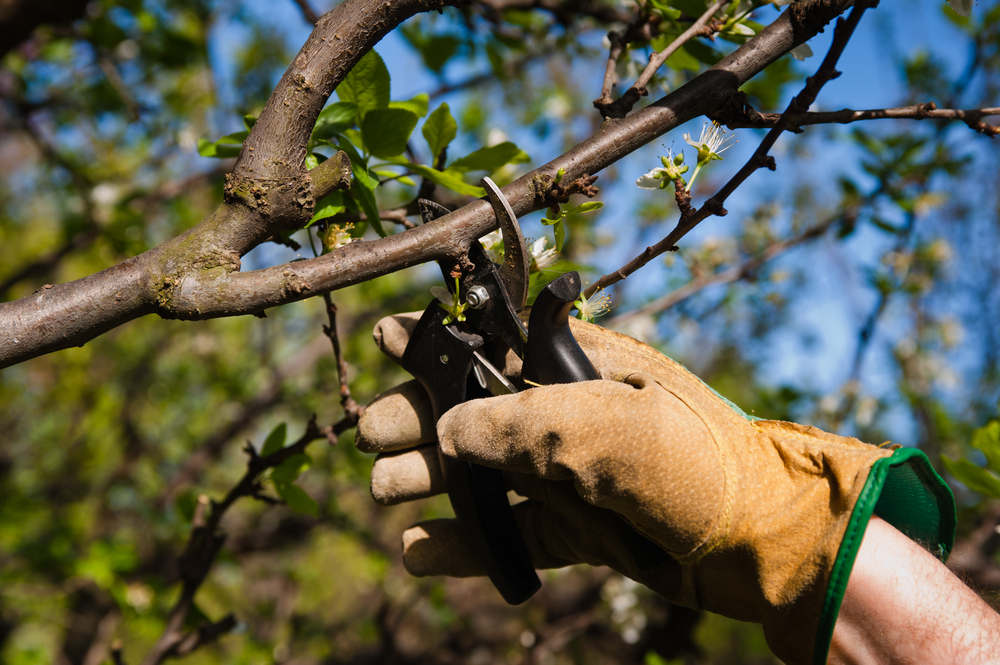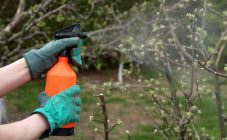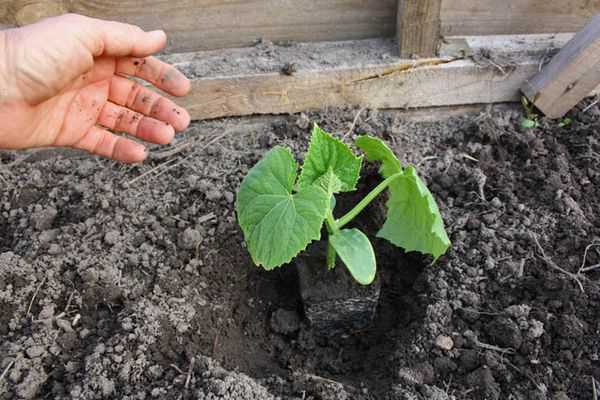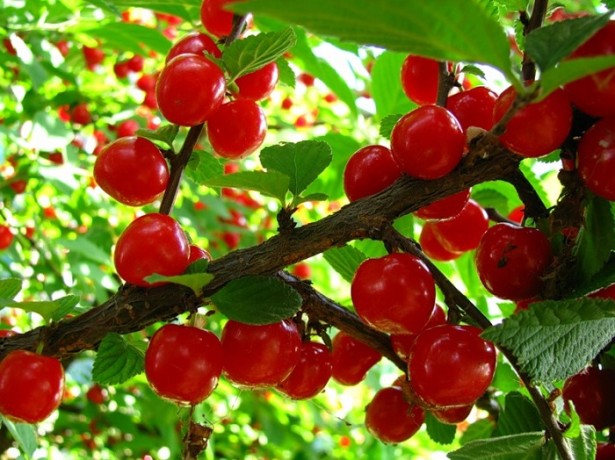Content:
Digging up an adult cherry and replanting it to a new place is a difficult job that requires care and diligence of action. Planting a tree in a good place should be done in the spring, autumn or summer.
Cherry tree varieties
It is considered a fruit crop, quite common in Russian latitudes. Cherry fruits can be found from pale red to dark cherry in color, heart-shaped or round in shape. Berries contain a large amount of vitamins. They are consumed both raw and frozen. They make delicious preservation for the winter.
Before planting cherries in your summer cottage, you need to decide on the variety.
Seedling number 1
This species was bred from the sour cherry family. The tree pleases gardeners with an annual rich harvest. The seedling is resistant to fungal infections. The trees develop to medium size and are rounded. The drink is light, the bone is small. Within a couple of years after planting, the tree will give a good harvest. This family bears fruit in the last weeks of June and early July.
Novodvorskaya
The trees of this family have a spherical crown. The berries are large, have a sour, but pleasant taste. The pulp is dark red, the juice is juicy, the stone is small. Trees are moderately resistant to fungal infections. The cherry bears fruit in mid-July.
Star
The variety was bred by breeders from the seed of an indeterminate Michurin species. The tree is tall and large, the crown is of medium density. Blooms early, in early July. The berries have a dark red flesh and a pleasant sour taste. Very productive species. The tree is resistant to fungal infections and winter-hardy. The harvest is obtained within 4 years after planting.
Vavilov's variety
A giant tree with round berries. They ripen in the first weeks of July, the pulp is dark red, very juicy, well separated from the stone. The tree is resistant to fungal infections and winter hardy. The crop is harvested within 4 years after planting.
Felt Cherry
The plant grows as a shrub. Not afraid of even the most severe frosts, ripens quickly enough, resistant to fungal infections. Berries on a branch, on short stalks, sweet taste, scarlet. To achieve the pollination moment, you need to plant several shrubs back to back.
Planting work in May
Transplanting cherries to a new place in spring is the best solution so that the plant has time to go through a difficult adaptation period in the summer. Which month is best for replanting a cherry tree? Experienced gardeners recommend transplanting seedlings in May, so that the plant will wait out the cold and gain strength in advance.
Maturation is different for each family. When can ripe cherries be transplanted? It is better to harvest the felt tree early. In the autumn, it will not take root. Already in April, bubushki bloom, and the roots do not have time to feed on nutritious enzymes. After wintering, the tree is very weakened, it has not yet absorbed useful elements, therefore, it may not withstand the transplant.
Planting work in autumn
When to replant cherries and for how long? This question is asked by amateur gardeners.Transferring the fruit tree to a new place allows you to start this process correctly when the leaves have already fallen, but the weather outside is warm. During this period, you can intensively care for the plant.
How to transplant cherries? This procedure is started when the leaves have already fallen off, but not earlier than October 15.
Planting in hot season
Flowering occurs in late spring and early summer. In the summer, it pleases gardeners with abundant fruits. Usually, the tree begins to harvest from June to August.
After choosing the time for transplanting, you need to carry out the procedure correctly in order to preserve the fruits. On the day of transplant, there should be no strong wind and rain, the temperature should not drop below 10 degrees.
How to plant young cherries from old ones and at what distance? The first step is to prepare a landing site. You should dig a hole and put humus there. It is better to choose organic fertilizing, mixed with potassium and phosphorus.
Transferring a fruit tree to a new location
How to transplant young cherries to a new place in spring?
- First of all, it is worth understanding whether a given variety of fruit tree will take root in a new site.
- Transplant work is related to the age of the tree. Young people quickly get used to a new place.
- It is necessary to trim the crown to reduce the pressure on the roots.
- So that the overgrowth does not take up strength at the base and does not weaken it, you need to move the tree to a new place.
- For all families, acidic soil is more suitable than neutral, otherwise it is better to process the soil with a lime composition. It is advisable to choose sandy loam land, and the water should lie no closer than 3 meters. Cherry trees don't like dampness!
- The seat should be well lit and located on a hill.
These simple rules will help you transplant the tree to a more favorable location. After careful preparation, the transplant begins:
- First you need to prepare a hole suitable for the roots.
- Before transplanting, it is important to throw fertilizer into the hole, lay out compost.
- The tree is dug out carefully so that the radicular processes are not damaged. Therefore, it is better to dig at a distance corresponding to the width of the crown.
- No need to get rid of the soil from the roots. This will make it easier for the plant to survive the land change.
- Then you need to inspect the roots, remove the damaged. Sections are lubricated with a special varnish to avoid contamination of healthy ones.
- The roots are lowered together with the soil into a bag.
- Pour a small amount of soil into the hole and place the seed free from the bag.
- They fill up the fertile soil and tamp it slightly.
- A long peg is inserted near the trunk and tied. This will help the tree to stand.
- Make a circular hole around the trunk and mulch with fallen leaves.
Since the cherry tree is sensitive to environmental changes, it is best not to risk replanting.
Sapling transplant
Before doing transfer work, you need to dig a hole. It is better to do this in the spring. In the same period, organic feed is introduced by mixing them with potassium and phosphorus. The hole is dug 50 cm deep and 80 cm wide.
Before planting the tree, the roots are checked for damage, soaked for several hours and only after all this is lowered into the pit. There is no need to shake off the earth from the roots!
The roots, together with the ground, are wrapped in a cellophane bag so as not to accidentally damage it. Then the bag is removed and the cherry is planted in the center of the pit. Care must be taken that the root collar is not in the ground. A 3 cm depression is made near it.
Watering is carried out about 25 liters. Add mulch to the hole around the trunk. This will allow the root system to survive frosts and excessive evaporation of water.
Transplanting an adult tree
There are times when summer residents need to transplant an adult tree in order to avoid its death. This is a forced transplant, it is not carried out as usual. First of all, you need to carefully dig up the cherries and transfer them to a new place with the ground on the roots. Then the branches of the tree should be cut.
When planting cherry blossoms, the lateral root is attached to the tree. Thanks to an adult plant, the shoots receive nutrients. Therefore, the coppice branch is separated from the main tree.
Dig a hole 30 cm deep and cut off part of the main root belonging to the seedling. The cut site must be processed, otherwise it will begin to rot. It is better to carry out transplant work in March.
Experienced gardeners do not recommend moving the felt tree. In a critical case, you can move the tree to a new place in the spring.
Cherry will have to adapt to new conditions. It can take several years for a tree to take root. And with improperly perfect transplantation and long adaptation, you can be left without a crop.
